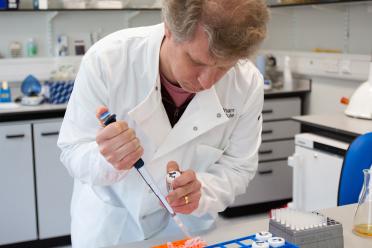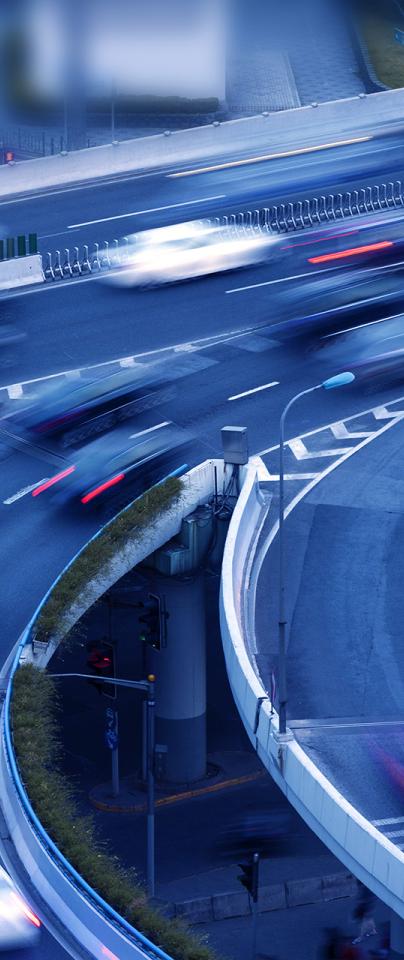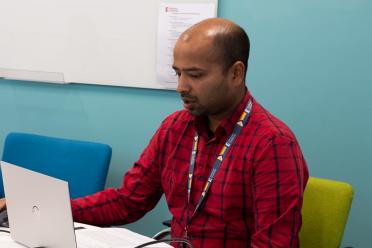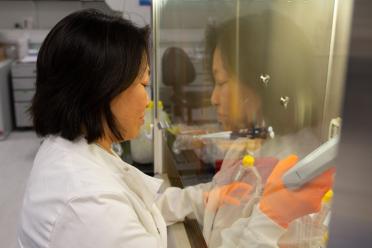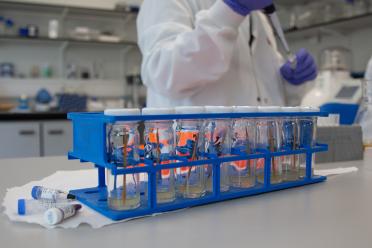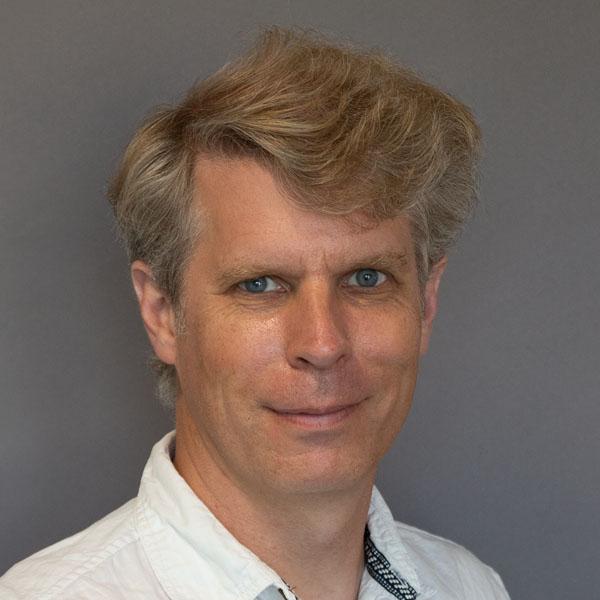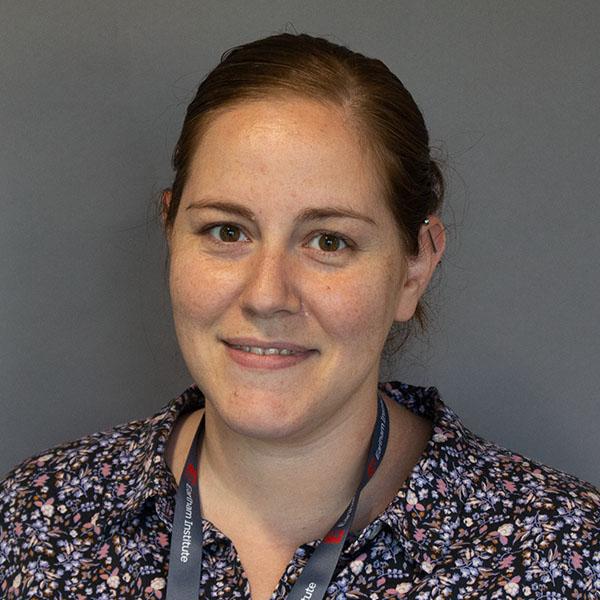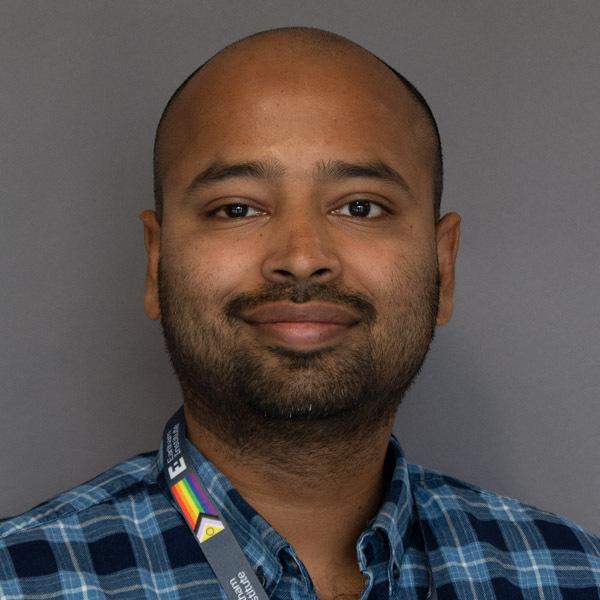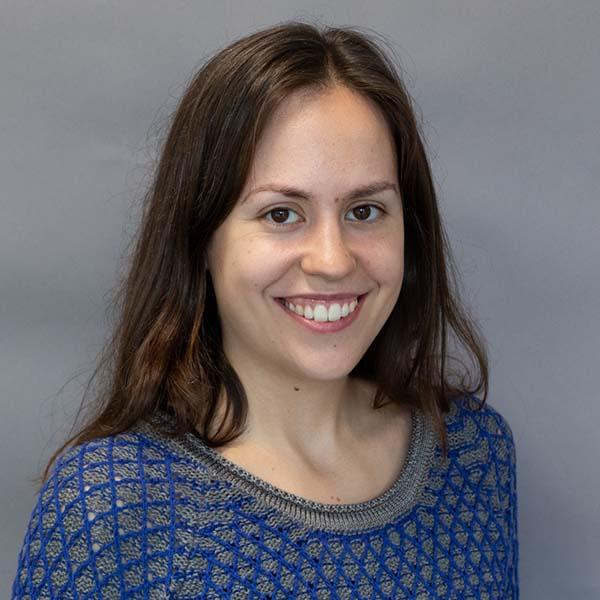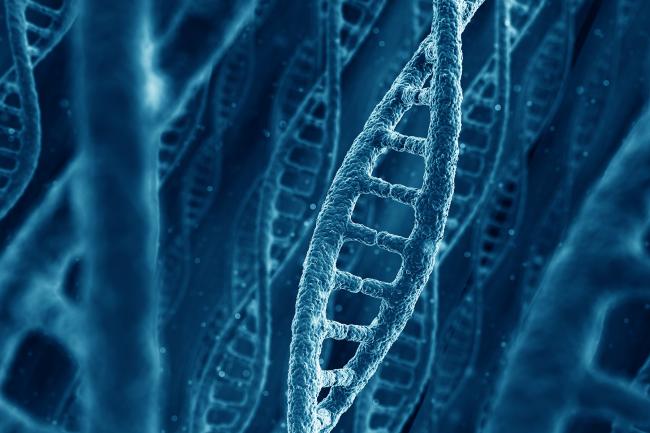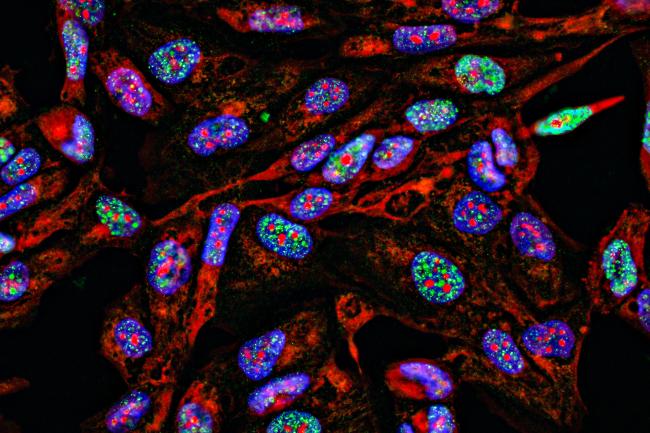Projects within the group are focused on different aspects of DNA replication. Dr Anna Rogers and Dr Sathish Thiyagarajan are working on finding replication pause sites in budding yeast, as well as the causes and rescue mechanisms.
“This project takes a broad view of the genome overall,” says Dr Nieduszynski. “Where do we observe problems? What is the ‘traffic flow’ like?”
And Dr Isabel Diez Santos is working on the role of senataxins.
The function of this protein is not well understood, but it is thought to be involved in resolving conflicts between replication and transcription, playing an important role in preventing damage to DNA and maintaining stability of the genome.
“We don’t yet understand whether it resolves the conflicts before they happen, or whether it clears up the mess left afterwards, or both,” acknowledges Dr Nieduszynski.
“To return to the traffic metaphor, senataxin is like the police dealing with a traffic accident.
In the absence of the police we see more accidents - but is that because they haven’t forestalled collisions or they haven’t cleared the road after an accident?”
The group’s research has already driven fundamental discoveries about how genomes replicate in bacteria, archaea, and eukaryotes - measuring replication both in populations of cells and on single molecules.
This has been possible thanks to the group developing the first single molecule sequencing method for the study of genome replication. Their work has discovered mechanisms that ensure stable chromosome inheritance and show how synthetic chromosomes can be designed to ensure stable replication.

